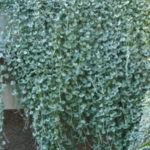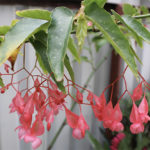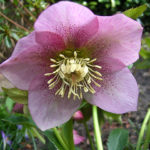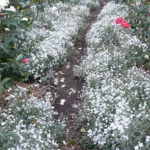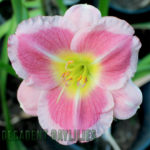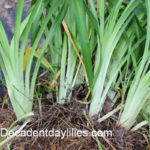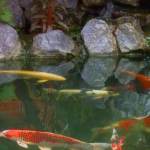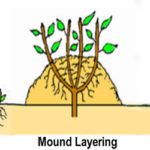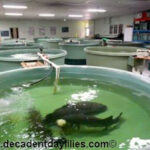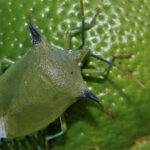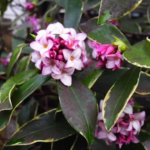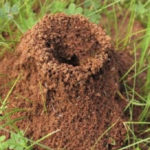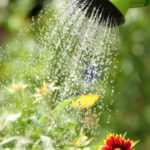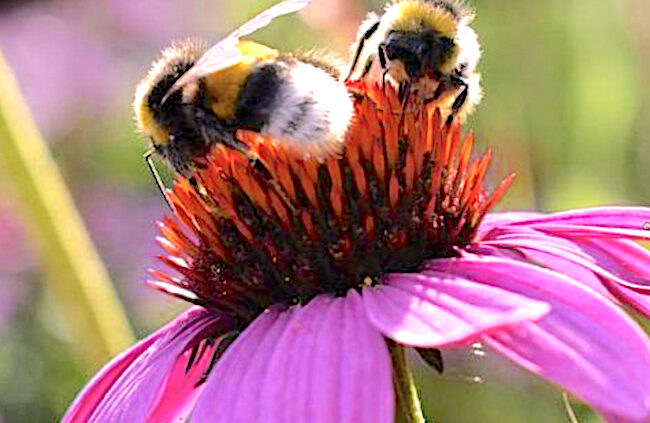
Hear About Echinacea Purple Coneflower Grows In Hot Dry Climates
Echinacea purpurea – How to Grow and Take Care of Purple Coneflower
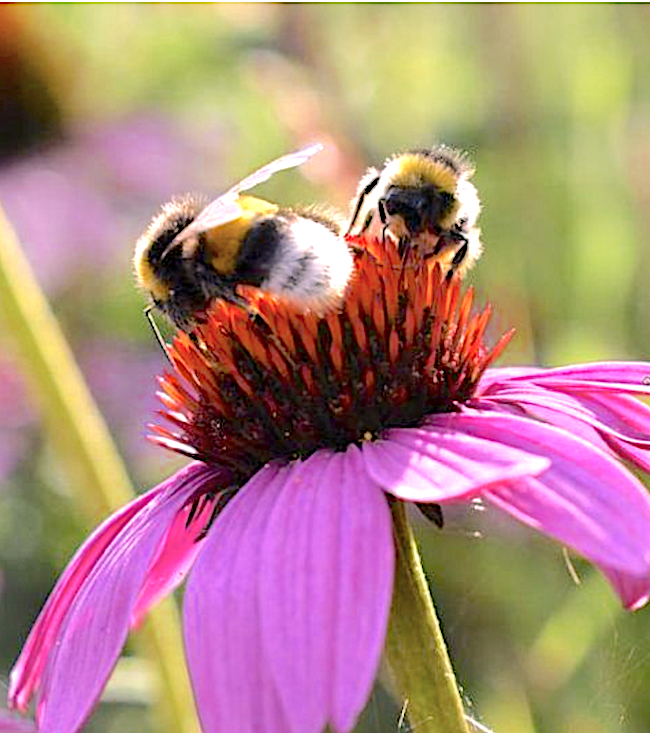 Echinacea is an ideal flowering plant to grow in your gardens. They belong to the daisy family. They are an added attraction to any flower or cutting garden. These flowering plants are commonly known as purple coneflowers. There are nine species of Echinacea. The flowers are colourful bright and attract bees, butterflies, and other pollinating insects to our gardens. The seed heads are a tasty snack for birds. They are perfect to be used as cut flowers in your home. These plants are very simple and easy to grow. Echinacea or purple coneflower grows in my mediterranean climate and will offer attractive flowers during the flowering season in all states of Australia.
Echinacea is an ideal flowering plant to grow in your gardens. They belong to the daisy family. They are an added attraction to any flower or cutting garden. These flowering plants are commonly known as purple coneflowers. There are nine species of Echinacea. The flowers are colourful bright and attract bees, butterflies, and other pollinating insects to our gardens. The seed heads are a tasty snack for birds. They are perfect to be used as cut flowers in your home. These plants are very simple and easy to grow. Echinacea or purple coneflower grows in my mediterranean climate and will offer attractive flowers during the flowering season in all states of Australia.
General Description of Echinacea
The Echinacea or the purple coneflowers belong to the Asteraceae family like the asters, sunflowers, and daisies. They are landscape and garden perennial plants that offer brightness to the garden. These herbaceous plants can grow up to a height of 4 feet. The stems are erect and do not branch out in most species. The stem leaves are organised in an alternate manner. The basal leaves are also arranged in an alternate manner. The hairy leaves have a rough texture. The leaf blades have one, or three, or five nerves and they might be linear to lanceolate shape. There are some species that have oval or elliptical shaped leaves. The flowers are composite with showy heads. They are large and bloom from early to late summer. The florets are arranged in a cone-shaped head and the petals of the flowers point downwards when the head of the flower opens. These distinctive flowers are purple shaped. If you grow these plants you will see that these plants have a long life usually without pests and diseases but keep a check on slugs and snails while too much shade will bring on powdery mildew.
How to Grow Echinacea
Planting the seeds
Prepare the soil in your garden before placing the seeds. Dig a hole of 12 to 15 inches in the chosen soil area and then add 2 to 4 inches of compost.
- When to plant Echinacea Seeds
The seeds need to be planted in early spring.
- How to Plant Echinacea Seeds
Plant seeds 30cm to 90cm apart and 1cm deep and keep the soil damp and warm. Cover the surface with a plastic sheet to keep the cold out. They should be placed in an area where the soil is humus rich and also in well-drained soil.
- Where to Plant Echinacea Seeds
The seeds need to be placed in an area where they get full sunlight. They will tolerate some shade, but will not grow in full shaded areas.
- How Long Do Seeds Take to Grow
It will take about 2 to 3 weeks for the new plant to seed out. Water the new plants until the roots are established. After that, they require low watering even in hot dry climates.
Caring for Echinacea
Adding a little bit of compost as part of mulching the soil during the spring season will improve the fertility of the soil. The Echinacea has a long blooming period and this can be achieved by deadheading the dry and worn out stems and flowers. By the end of the flowering season, it is a good idea to allow some of the flowers to go dry and develop seed. The plants have the tendency to self-sow. If the plants are pruned during the blooming season, they will ensure a good blooming season the next summer. Most of these types of plants have taproots and they will not like to be transplanted or divided in contrast Echinacea purpurea has fibrous roots and is a popular herbal remedy. The purple coneflowers need very less maintenance. Make sure that you do not overwater the plants as they prefer to thrive in drier conditions.



